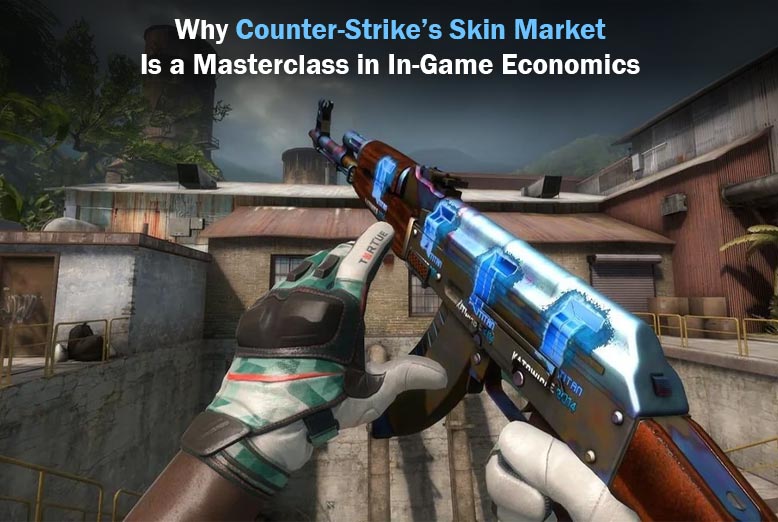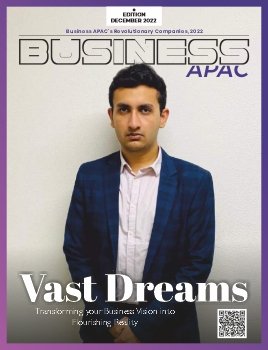Counter-Strike’s skin market isn’t just an add-on to the game. It’s an ecosystem that thrives on rarity, demand, and community-driven engagement. If other games – like PUBG – have fumbled their in-game economies, Counter-Strike has scored a headshot. So, what’s the secret sauce, and why does this market remain a benchmark for in-game economies?
A Market That Feels Real
Counter-Strike’s skin market is like a miniature version of Wall Street but with more AK-47s. It operates on simple yet effective principles: supply, demand, and scarcity. Players trade, sell, and collect skins, giving them tangible value.
Think about the AWP | Dragon Lore. Its combination of rarity and jaw-dropping design makes it one of the most coveted items in the game. Limited supply and high demand drive its price to thousands of dollars. Other games, like PUBG, failed to replicate this dynamic because their markets lacked structure. Removing player-to-player trading in PUBG’s economy shattered trust and interest.
Rarity: The Heart of the System
Let’s not pretend skins are just about looking cool (although they do). What really sets the Counter-Strike skin market apart is its tiered rarity system. Skins are classified into categories, from the super common Consumer Grade to the ultra-rare Covert.
And here’s the kicker: skins are further valued by their float, which measures their wear. A Factory New skin shines bright, while a Battle-Scarred one looks like it’s survived a warzone. This layered system keeps players invested and ensures that no two skins are exactly alike.
Contrast this with PUBG’s flat market design, where there wasn’t enough differentiation to sustain player interest. Without a true sense of value, their economy was doomed to stagnate.
Community First, Always
Counter-Strike players aren’t just gamers; they’re traders, collectors, and enthusiasts. Valve gets this. By integrating skin trading into the Marketplace, Steam created a safe and functional environment.
Compare this to PUBG, which crippled its own economy by shutting down skin trading due to concerns about gambling. Third-party betting sites have indeed caused controversies in CS. But Valve has actively taken steps to regulate and limit abuse, maintaining a delicate balance.
Skins as Status Symbols
A great skin in Counter-Strike isn’t just an item – it’s a status symbol. Whether it’s a StatTrak™ M4A4 or a Souvenir AWP from a Major tournament, these skins tell a story. They’re collectibles with history, and owning one gives players bragging rights.
Games like PUBG didn’t capitalize on this element. Skins lacked a personal touch or meaningful backstory, making them feel generic. Counter-Strike, in turn, treats its skins like artefacts, complete with unique patterns, wear, and pro-gamer association.
Betting Adds Another Layer
Here’s where things get spicy. Counter-Strike skins aren’t just for trading or showing off – they’re often used in betting. Platforms for skins bet games thrive because skins have real value.
But let’s be clear: betting comes with risks, and it’s not for everyone. Valve has cracked down on unauthorized gambling, but the fact that skins are so versatile adds another dimension to the economy. It’s this adaptability that keeps players coming back.
Lessons for Other Games
So, what can other developers learn from Counter-Strike’s success? First, trust your community. Restricting player-to-player interactions is like locking the candy jar. Second, build an economy with depth – rarity, history, and visual appeal make players care. Lastly, give items real value. If it’s not worth trading, collecting, or betting, it won’t hold player interest.
What’s your take on the Counter-Strike skin market? Does it set the gold standard, or is it just well-marketed hype? Drop your thoughts below and let’s keep the conversation going.
Also Read: Online Casino India: Play the Best Casino Games at Lopebet




















